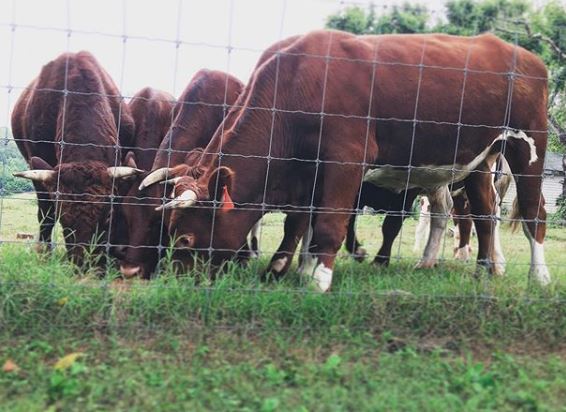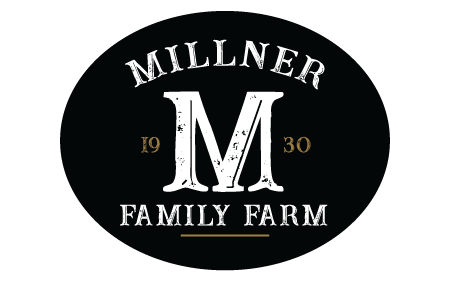
Climate Change, Beef, and Methane Emissions
High methane emissions from cattle have recently put beef in the climate change (global warming) spotlight, but do “cow farts” really deserve a bad rap?
To be clear, it’s not “cow farts” that’s one cause of methane, it’s their burps. Still, there’s a global outcry to “STOP EATING BEEF” so we can save the planet. Is this really how we will help save the planet?
Why Target Meat to Combat Methane?
Why not target termites? That sounds absurd (and we’re just putting this in there as an FYI that cows aren’t fully to blame), but with over 3,000 species of termite, they are constantly eating trees and other various plants while producing methane much like cows do and are estimated to produce over 22 million tons of methane per year. Mind-blowing, right? If a little termite can do that, imagine what humans produce each year? (whoa).
Anyway, back to cattle. About 40% of methane sources come from a time before we had any great impact over the carbon cycle. Approximately 60% of methane in our atmosphere is caused by humans, according to scientists. Grazing animals such as cattle and other animals produce methane as waste, which ultimately comes out of the animal from both ends. With approximately 1.4 billion cattle, it’s no wonder they’re being targeted now for contributing to the global warming crisis. However, is the world ready for absolute vegetarianism?
At Millner Family Farm, we believe that there is an answer to help the global crisis, all while still providing healthy beef to our community.
Think about where you purchase your beef. Are you going to the closest fast-food place around the corner? Maybe you’re getting all your meat from a local grocery chain. Have you tried your local small beef farmer? Let’s face it, the world isn’t ready to give up a Big Mac or Whopper, so cutting back on fast food and supporting local, sustainable farming is a good start.
Can You Raise Cattle and Still Combat Methane Emissions?
Yes, but how?
Millner Family Farm is a small, family-operated cattle farm. We aren’t aiming to cut down any trees or tear up soil which releases large amounts of carbon dioxide, as discussed in this NPR short. Our trees are staying put. If there’s a demand for more beef, our consumers will be placed on a waiting list. We believe that having pastures with trees integrated on them is not only good for our cattle but good for our environment as well. This practice helps to reduce methane emissions into our atmosphere.
According to the World Resources Institute, a sustainable food future requires a range of strategies from farm to plate. Millner Family Farm believes this as well, which is why we continually research best practices for sustainable farming. Improved management practices like rotational grazing increase soil health while reducing emissions, which is how we raise our cattle to be one of the most healthy grass-fed and grass-finished beef products you can buy.
Other Sources of Methane in Our Atmosphere:
- Forestry and Crop Waste: 11%
- Farming of Rice: 9%
- Biofuel Burning: 4%
- Landfills and Rotting Waste: 16%
Total U.S. Greenhouse Gas Emissions by Economic Sector in 2017
- Agriculture: 9%
- Transportation: 29%
- Electricity: 28%
- Industry: 22%
- Commercial & Residential: 12%
So, what is our suggestion? Buy local. Visit your local small farmer and purchase from them. Do some research and see who is raising their cattle or other meat sustainably and humanely. Does your local farmer care about climate reports, and if so, is that farmer doing what he or she can to ensure they’re doing their part to help? Take a tour of the farm to see where your meat is coming from.
Until then, here’s to eating healthy!
We would like to point out that U.S. cattle is difficult to blame for the increase in methane concentrations in the atmosphere, or that it makes a substantial impact on warming temperatures, as demonstrated in research at the University of Oxford here.
sources:
EPA | World Resources Institute | National Geographic | Carbon Brief | NPR


